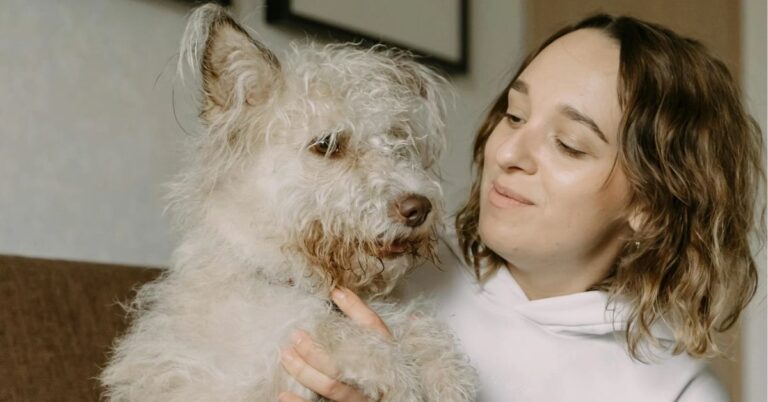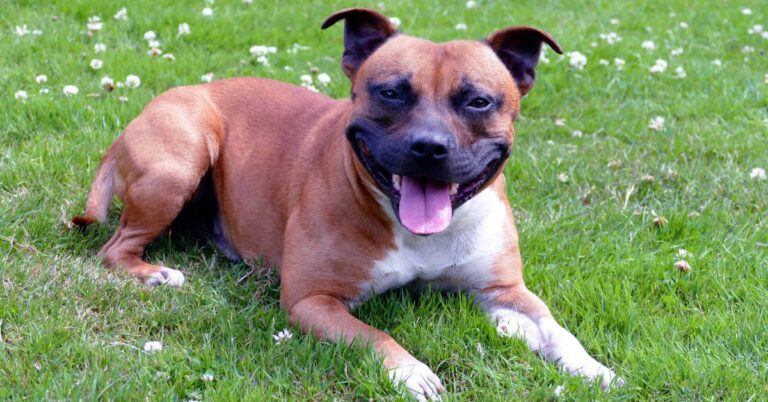30 Signs Your Dog Is Smarter Than You Think
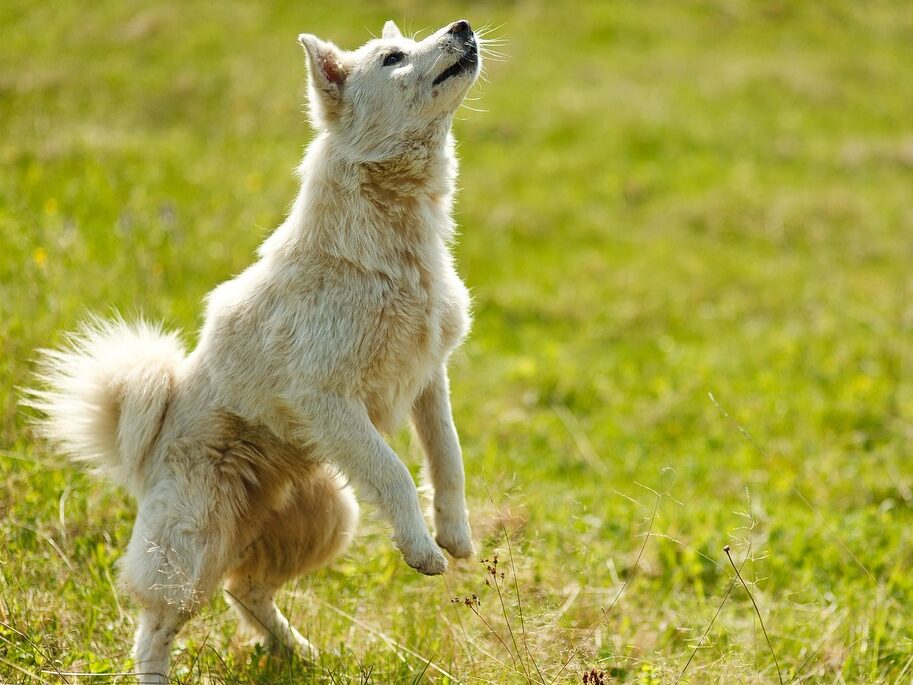
Dogs aren’t just adorable. They’re also often much sharper than they get credit for. Sure, they can’t do calculus or give TED Talks, but their intelligence shows up in clever, subtle, and surprising ways. From emotional intuition to problem-solving, here are 30 signs your dog may be outsmarting you more often than you realize.
They Watch You Closely (And React Accordingly)

If your dog seems to know when you’re grabbing your keys, putting on sneakers, or reaching for the treat jar—even before you say anything—they’re not psychic; they’re perceptive. Smart dogs notice subtle body language, habits, and micro-movements. They’re always gathering data about you, building a mental map of your behavior to predict what happens next.
They Anticipate Commands Before You Say Them
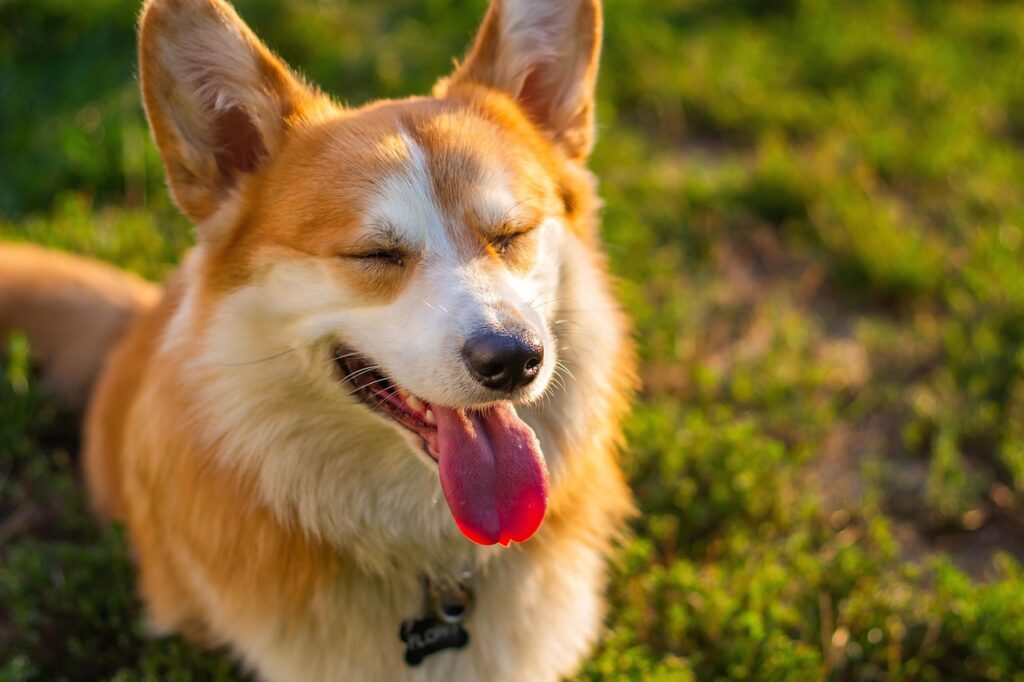
When a dog starts sitting before you even say “sit” or runs to the door when you shift toward it, it’s not a coincidence, it’s anticipation. They’re reading context clues, associating certain movements or patterns with actions. This level of prediction shows a dog’s ability to think ahead and actively participate rather than just passively following orders.
They Learn From Watching You
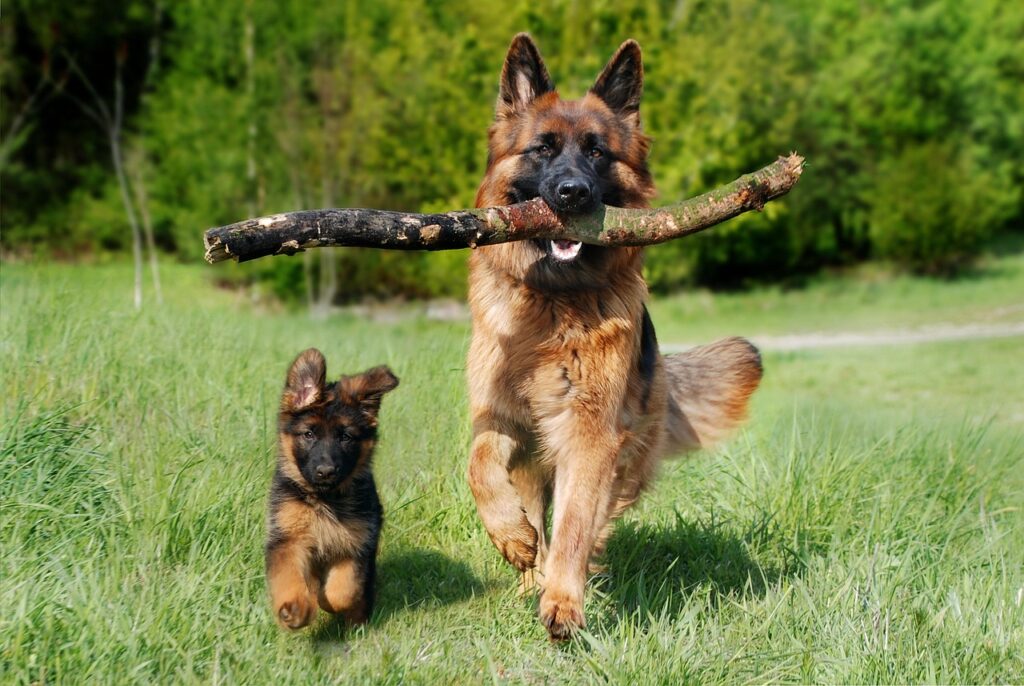
Dogs that figure things out simply by observing humans show an advanced form of learning called social learning. If your dog watches you open doors, pull drawers, or unclip leashes and then tries to mimic your actions, they’re connecting steps and results, demonstrating real problem-solving and observational intelligence.
They Know the Difference Between Your “Real” Voice and Your “Dog Voice”
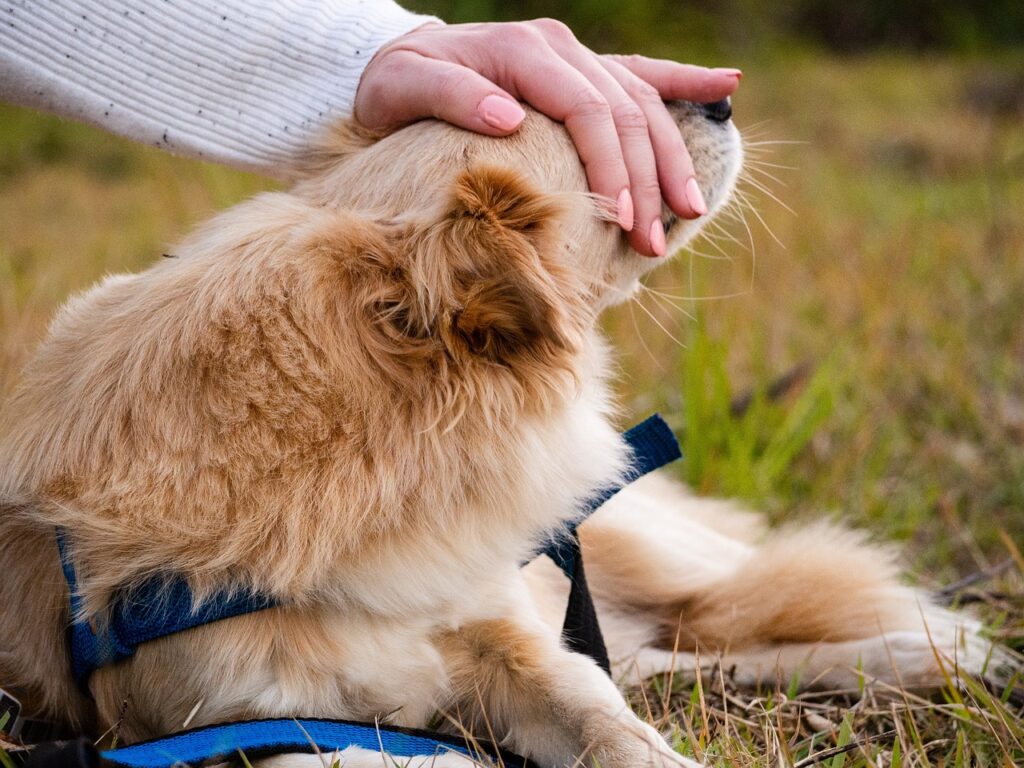
A smart dog tunes into emotional undercurrents in your voice. They can tell the difference between your casual chatter and the serious “drop it now” tone. If your dog changes its behavior to how you speak, it analyzes its emotional meaning and adjusts accordingly.
They Trick You (Yes, Really)
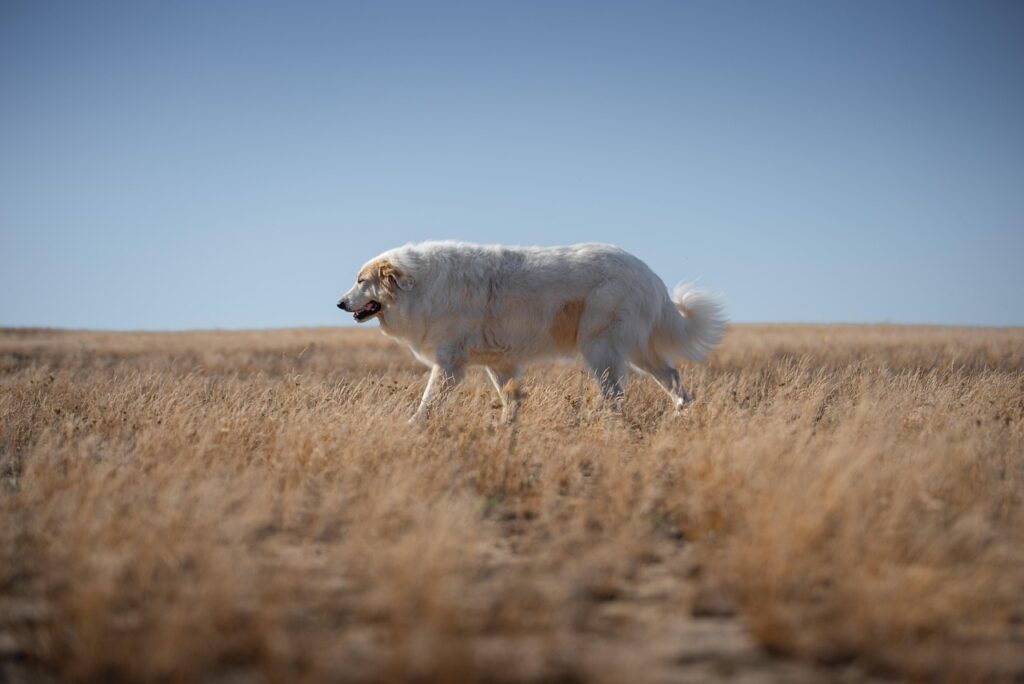
Some dogs have figured out how to manipulate humans subtly. If your dog fakes wanting to go outside just to lure you away from your food or whines for attention only to run off once you follow, that’s not random. That’s cognitive strategy—planning an action based on a predicted human reaction. That’s clever (and a little mischievous).
They Remember Events and Locations
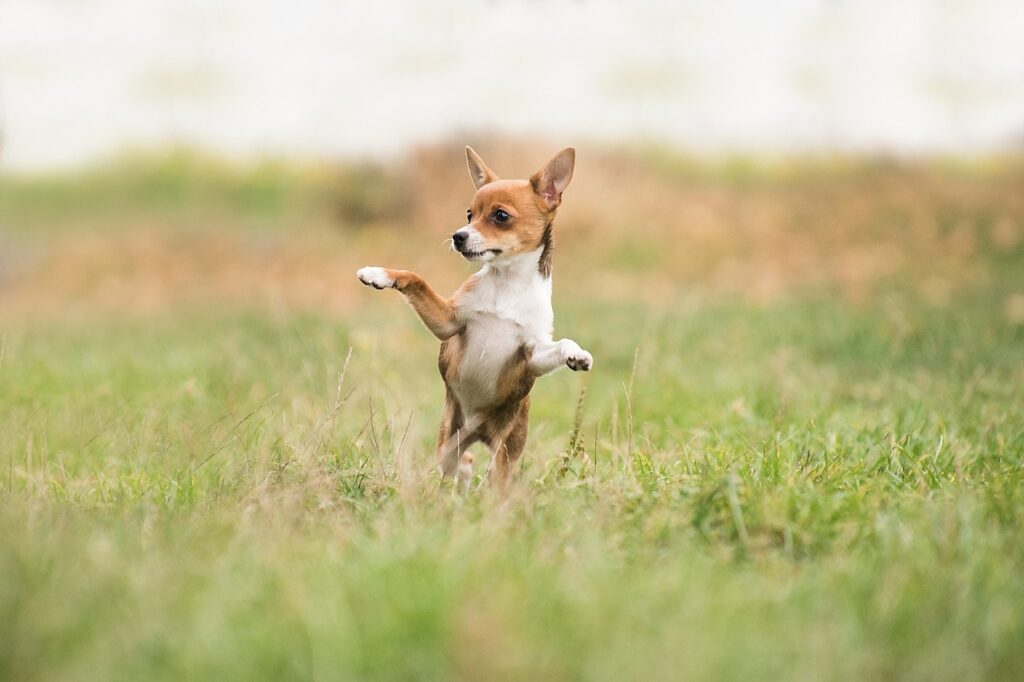
If your dog refuses to walk past the spot where they once saw fireworks or perks up every time you drive near the dog park, it shows they retain episodic memory. Unlike simple conditioning, this involves remembering not just “what” but “where” and “when” things happened—proof of a sophisticated internal mental map.
They Can Generalize Commands

A smart dog knows that “sit” doesn’t just mean at home—it means at the vet, on the sidewalk, or in the middle of a noisy park. Generalization requires abstract thinking and applying a learned concept to multiple environments. If your dog listens across settings, they’re processing more deeply than basic repetition.
They Get Bored Easily

Constant chewing, barking, or digging isn’t always bad behavior—it’s boredom. Dogs with higher intelligence need mental workouts as much as physical ones. Puzzle toys, scent games, and learning new tricks aren’t luxuries for them—they’re necessities. A bored smart dog doesn’t just get restless; they invent their own (often destructive) fun.
They Problem-Solve on Their Own

Ever watch your dog stack cushions to reach a counter or nudge furniture to grab a toy? Problem-solving isn’t about luck—it’s about observing the environment, testing ideas, and adjusting strategies. Smart dogs don’t just react—they create solutions, showing flexibility and persistence in getting what they want.
They Learn New Tricks Fast

Some dogs seem to grasp new commands almost instantly. Quick learners show strong cognitive processing, working memory, and the ability to link cause and effect efficiently. If your dog picks up a trick within a few tries and remembers it weeks later, you’re working with a particularly bright mind.
They Recognize Words—Lots of Them
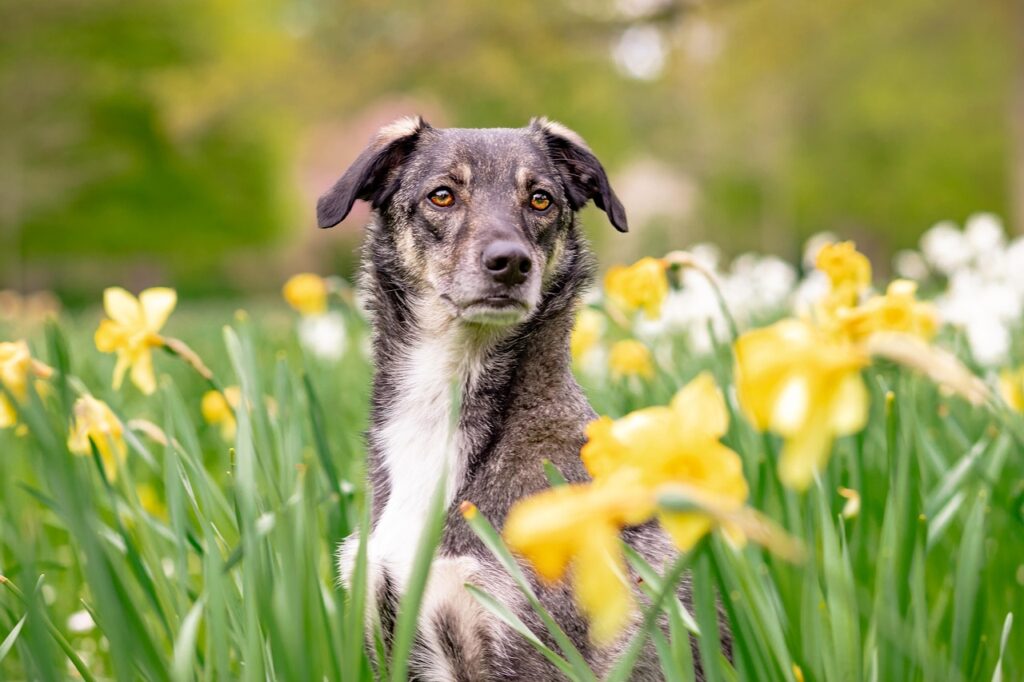
Your dog doesn’t just know “sit” and “stay”—they know names, objects, and locations. Smarter dogs build impressive internal vocabularies, understanding not just tones but actual words. Research shows some dogs can learn hundreds of terms. If your dog knows “ball,” “walk,” or “treat” with no hand signals, that’s advanced linguistic association.
They Pick Up on Your Emotions

Dogs are emotional barometers. If your dog cuddles up when you’re sad or keeps their distance when you’re angry, that’s not coincidence. They’re tuned into your facial expressions, body language, and tone. This emotional intelligence reflects deep social bonding—showing your dog isn’t just smart, but empathetic too.
They Solve Puzzle Toys Easily
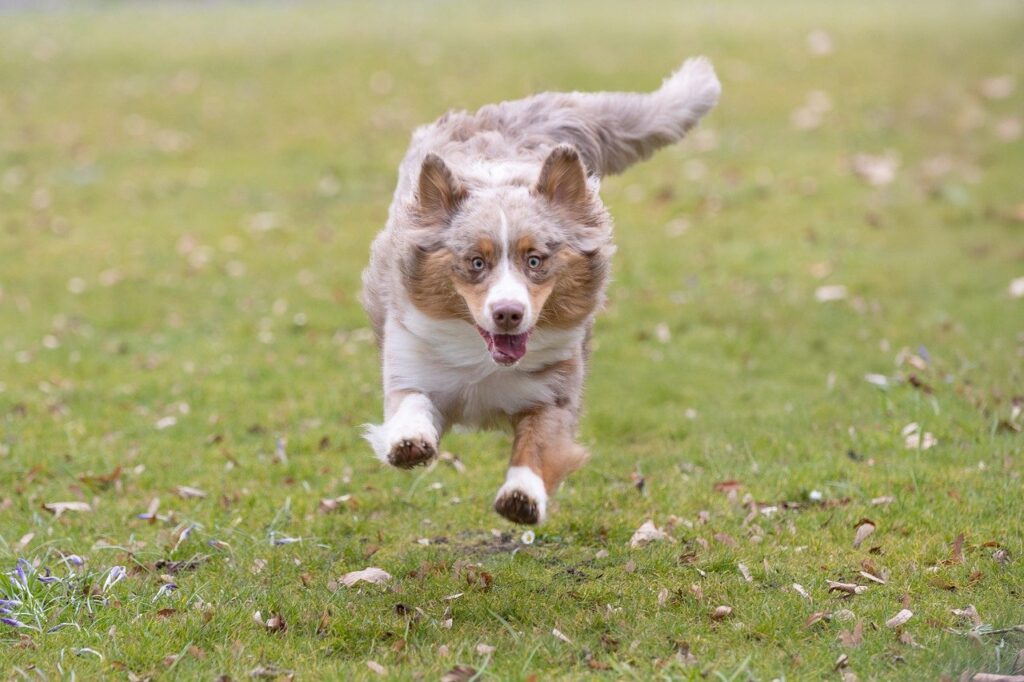
A smart dog doesn’t just sniff a puzzle and give up—they investigate, test, and find solutions. Puzzle toys test memory, reasoning, and perseverance. If your dog can figure out how to twist, pull, or flip things to get a hidden treat, they’re not just food-motivated—they’re demonstrating impressive cognitive skills.
They Recognize People by Name

If you say “Where’s Grandma?” and your dog runs straight to her, you’re witnessing name recognition and memory recall in action. Smarter dogs build complex mental associations between names, faces, and positive experiences—essentially cataloging their social world the same way a small child does.
They Use Their Paws Like Hands
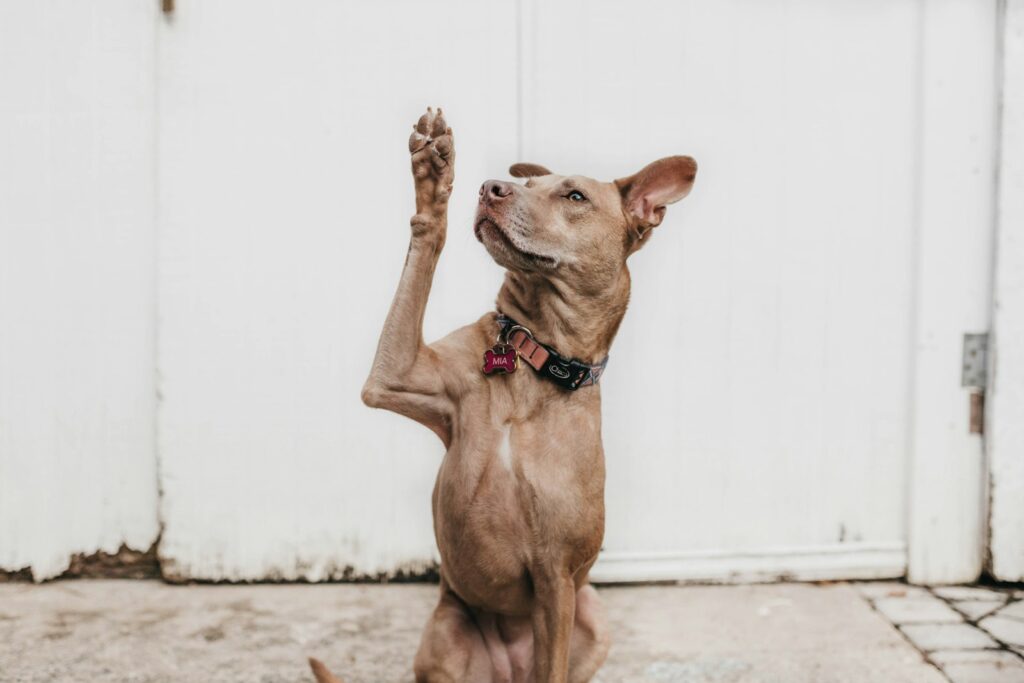
Dogs that use paws to open doors, lift latches, or hold objects aren’t just being cute—they’re problem solvers. Using tools or manipulating the environment with appendages is considered a marker of advanced intelligence across species. If your dog gets “handsy,” it’s a sure sign they’re wired to figure things out.
They Notice Changes in Your Routine

Dogs notice tiny deviations: a suitcase pulled from the closet, a skipped walk, a missed meal. If your dog reacts to even the subtlest shifts, they’re paying close attention to your patterns—and adjusting their expectations. That level of environmental awareness means your dog is thinking, not just reacting.
They Understand Cause and Effect

Ring the bell, get let outside. Bring the leash, go for a walk. Dogs who realize their actions produce results show an understanding of cause and effect, a cognitive leap beyond basic conditioning. It demonstrates that they can influence their environment intentionally—thinking ahead to achieve goals.
They Show Signs of Jealousy

If your dog nudges between you and another pet—or sulks when you pay attention to someone else—it’s not just attention-seeking. Research shows dogs experience basic jealousy. Recognizing social competition and responding emotionally indicates complex social intelligence, not just clinginess.
They Have Excellent Timing
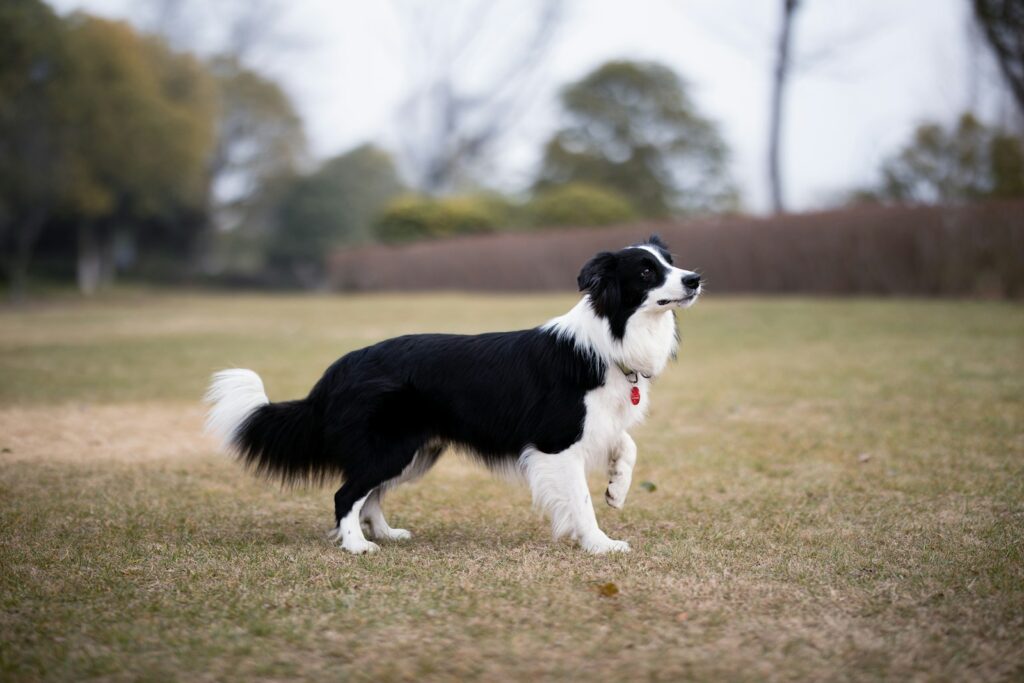
Without clocks, dogs still know when it’s time for dinner, walks, or your return. Their internal rhythms—combined with sensory cues like light changes and routine smells—allow them to “tell time.” If your dog seems to anticipate events down to the minute, it’s because they’re processing environmental patterns.
They Choose Who to Listen To

Some dogs obey one family member but ignore another. They’re not being stubborn—they’re assessing authority, consistency, and emotional energy. Smarter dogs recognize leadership cues and selectively respond. If your dog listens better to someone with clear, confident communication, it shows critical thinking, not defiance.
They Invent Their Own Games
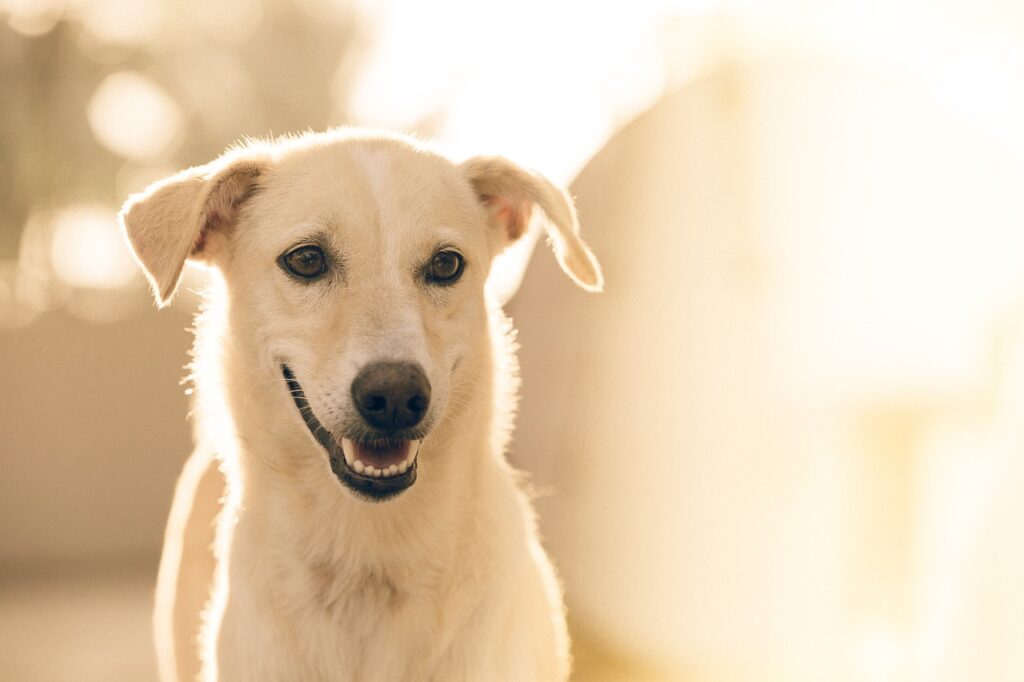
A brilliant dog doesn’t wait for you to create playtime. They’ll invent games like “chase the tail,” “hide the toy,” or “pretend to ignore you until you chase me.” Creative play shows imagination, independent thinking, and the ability to generate entertainment—hallmarks of higher intelligence.
They Figure Out How to Get Your Attention

Paw taps, nose nudges, staring contests—smart dogs don’t bark mindlessly when they want something. They experiment with different strategies to get your attention. If they escalate from subtle hints to louder demands when ignored, it’s a sign they’re capable of strategic communication.
They Can Follow Your Gaze
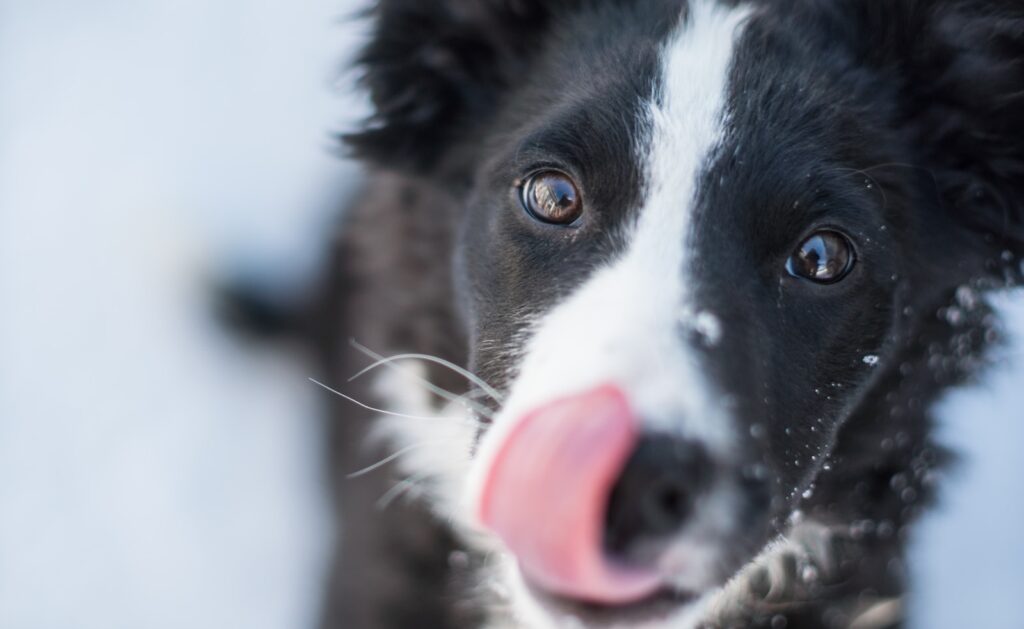
Many animals can’t understand pointing or eye direction, but smarter dogs can follow where you’re looking. If your dog notices where your gaze falls and then checks it out themselves, they’re showing advanced social referencing—a major indicator of sophisticated cognition.
They Adapt Quickly to New Situations

Dogs that handle travel, new homes, or unexpected visitors without panic demonstrate cognitive flexibility. Intelligence isn’t just about learning rules—it’s about adjusting to changing circumstances without falling apart. A dog who adapts well is a dog who’s truly thinking things through.
They Understand Hand Signals Without Verbal Commands

Smart dogs pick up on body language cues even when no words are spoken. If your dog responds to gestures like pointing or waving without explicit training, they’re decoding nonverbal communication—something even some toddlers can struggle with.
They “Rescue” You During Play
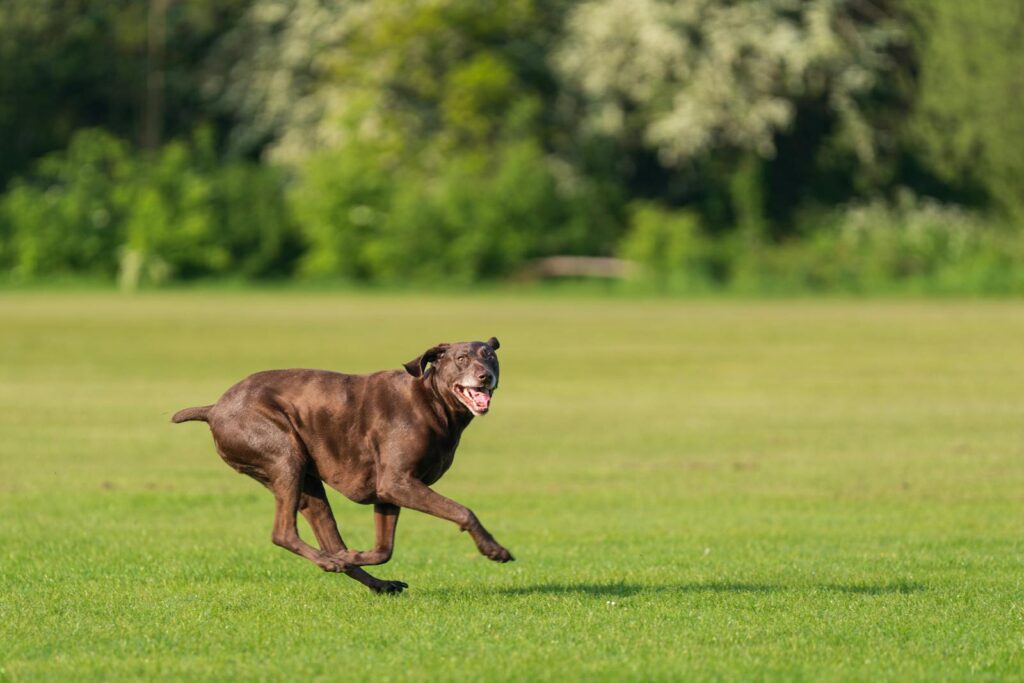
If you pretend to be stuck or hurt and your dog rushes over to help, they’re recognizing distress and responding appropriately. This kind of role-play awareness hints at empathy, perspective-taking, and a level of social intelligence far beyond basic instinct.
They Strategically Disobey
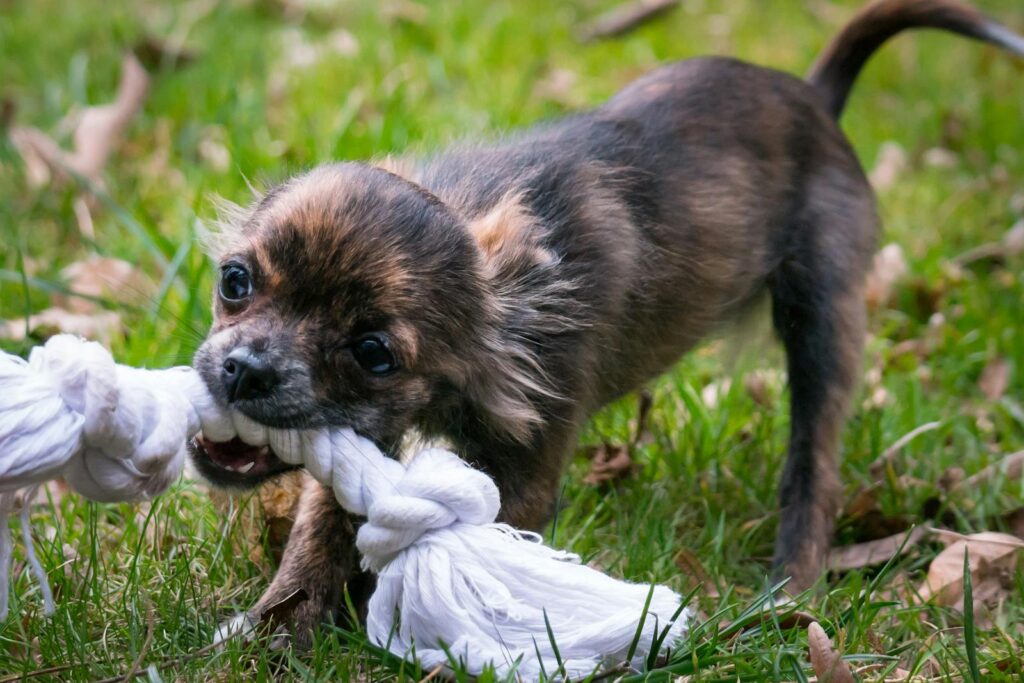
Ever notice your dog pretending not to hear you when they’re having too much fun at the park but immediately running when you crinkle a treat bag? Strategic disobedience isn’t a failure of intelligence—it’s proof that they’re weighing choices and calculating consequences.
They Mirror Your Actions
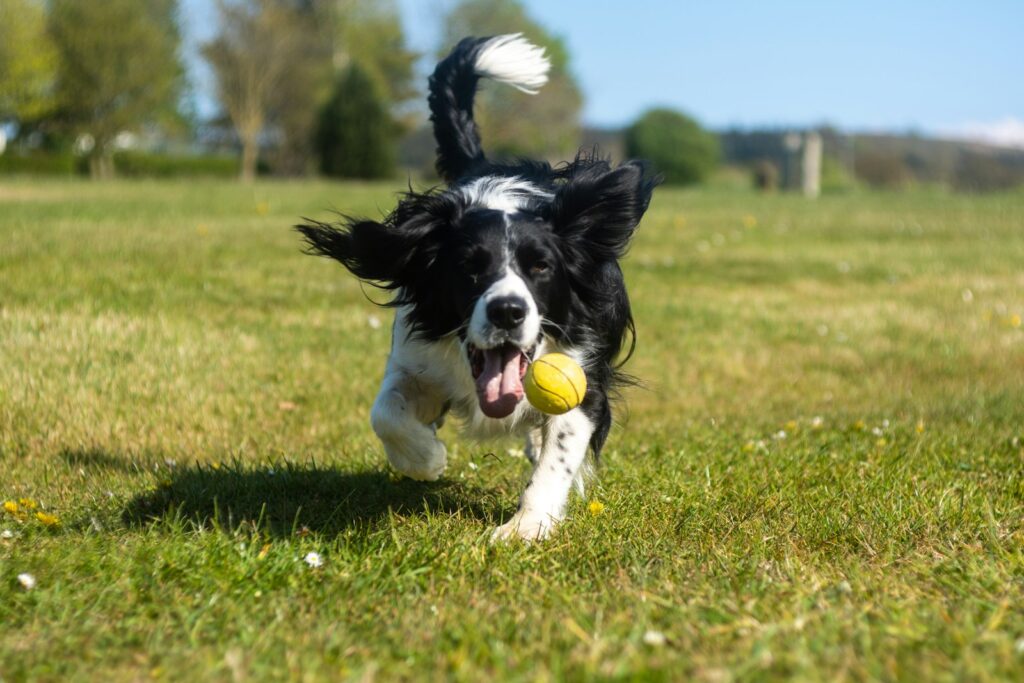
Dogs often mimic human behaviors they see frequently: stretching, yawning, and even sitting next to you when you sit. This mirroring isn’t just social bonding—it shows your dog’s brain is wired to observe and adapt to you, much like young children’s model parents.
They Solve Problems With Minimal Trial and Error

Smarter dogs don’t need endless failed attempts to figure things out. If your dog quickly modifies their approach after one or two failures—whether it’s opening a door or finding a treat—they’re displaying cognitive flexibility and real-time critical thinking.
They Treat Different Humans Differently
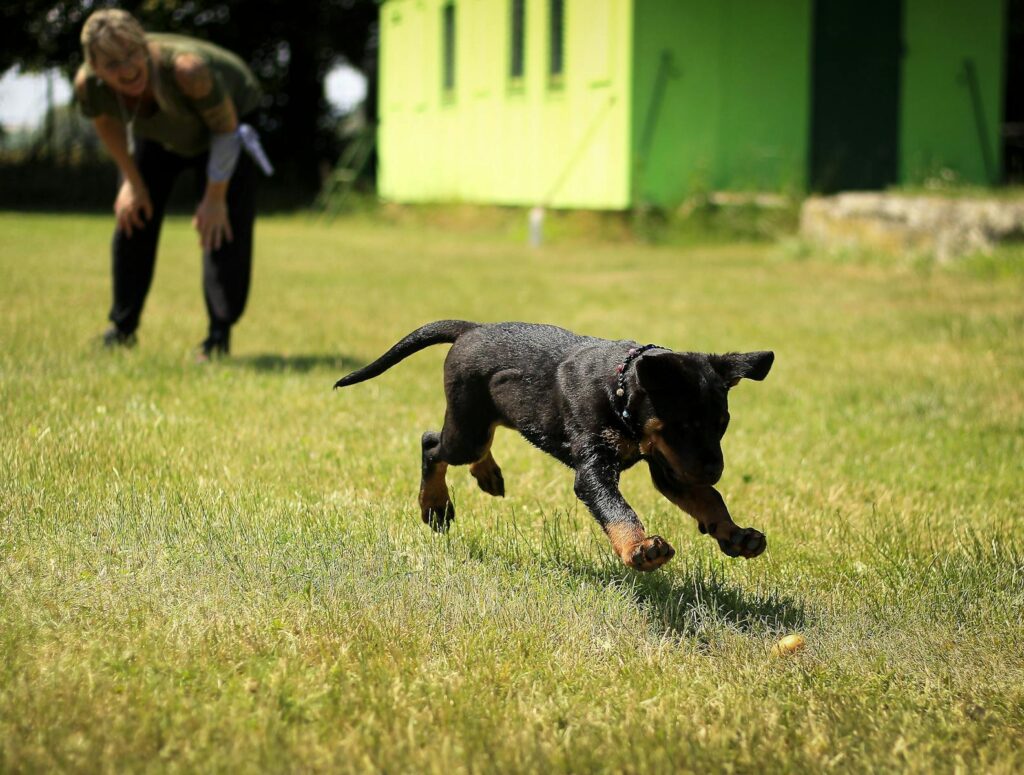
If your dog acts playful with one friend, cautious with another, and protective with a third, they’re not just reacting—they’re assessing personalities and adjusting their behavior accordingly. Understanding the emotional energy of different humans—and choosing appropriate responses—requires impressive social intelligence.
